Positionality - Safari Hunting Versus Trophy Hunting
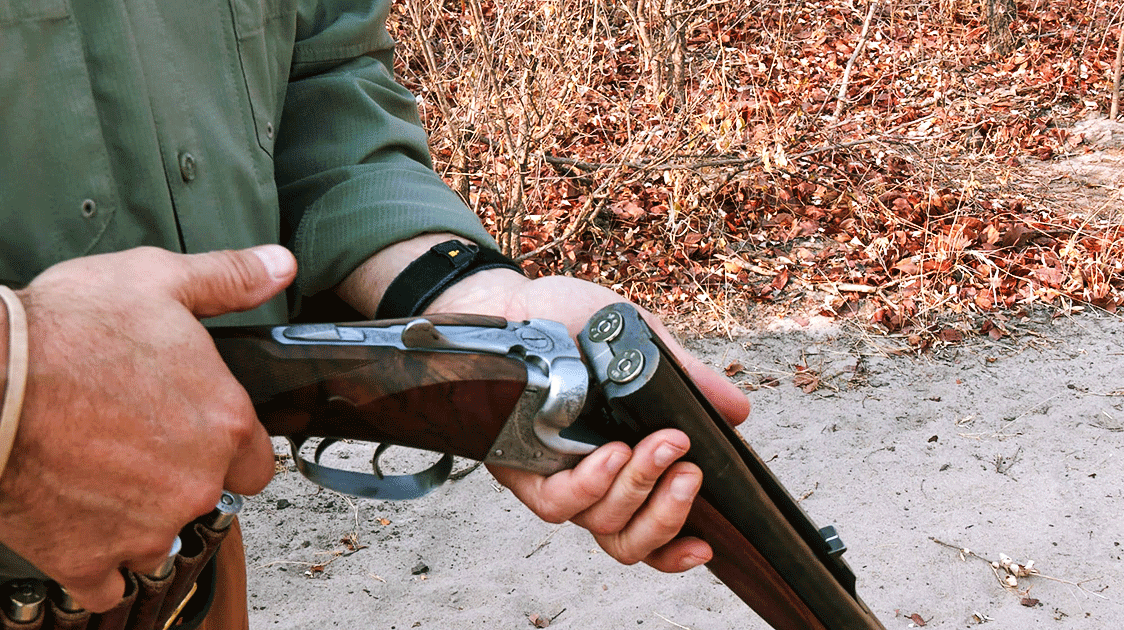
By Prof Brian Child
The term trophy hunting has risen to prominence since 2010 (Di Minin, Clements et al. 2021) through pejorative branding by Western special interest groups to encapsulate the image of entitled, rapacious, obese, white men killing beautiful animals for fun, to extinction, and in harmful ways.
“Trophy hunting” alludes to entitled, rich white men, killing animals for fun and to stick trophies on the wall. Thus, the Humane Society International states that trophy hunters “kill wild animals with the primary motivation of obtaining part of the animal for in-home display as a full mount, carpet or wall decoration”, weighting their arguments with phrases like “death toll,” “strong genes are lost for the future,” accusing hunting countries of corruption, and so on https://www.hsi.org/news-resources/trophy-hunting-qa/.
This is a powerful image that has just enough truth in it to be used to leverage fundraising and protests. It is also a deep mis-conceptualization of a complex topic. It causes tremendous damage to some of the most successful conservation programs on earth, not to mention the poorest of the poor, who are often wildlife’s most critical custodians.

We use the term safari or recreational hunting (Child 1995), thinking of it as a tool for financing conservation, with these terms emphasizing the hunt as a journey or challenge, more akin to the attributes attached to hunting by Theodore Roosevelt.
This also reflects the multi-functionality of hunting (Fischer, Sandström et al. 2013) and the important economic fact that these multiple values exceed subsistence or commodity values, often by an order of magnitude.
Hunting’s values run deep and were described in ancient Greek culture (Arnett and Southwick 2015), including edification, testing of skills, strengthening of ties between society and nature, hunter identity, social bonding and sharing, cultural reciprocity, gift giving, intergenerational bonding, pushing physical boundaries and skills testing, celebrating seasons and events culturally, connectedness with nature and oneself, and even spirituality.
Modern values emphasize re-connecting to nature and participation in habitat improvement, while the hunt – even without killing – is a unique and valued experience killing (Hyde 2023).
Just as winning the World Cup trophy is a memento of an intense and winning journey comprising many years of stress, effort, training and competition, rather than the primary motivation, it is doubtful that the primary motivation for most hunters is the trophy.
Moreover, these somewhat self-absorbed Western definitions emphasize the Western hunter from a positive or negative perspective.
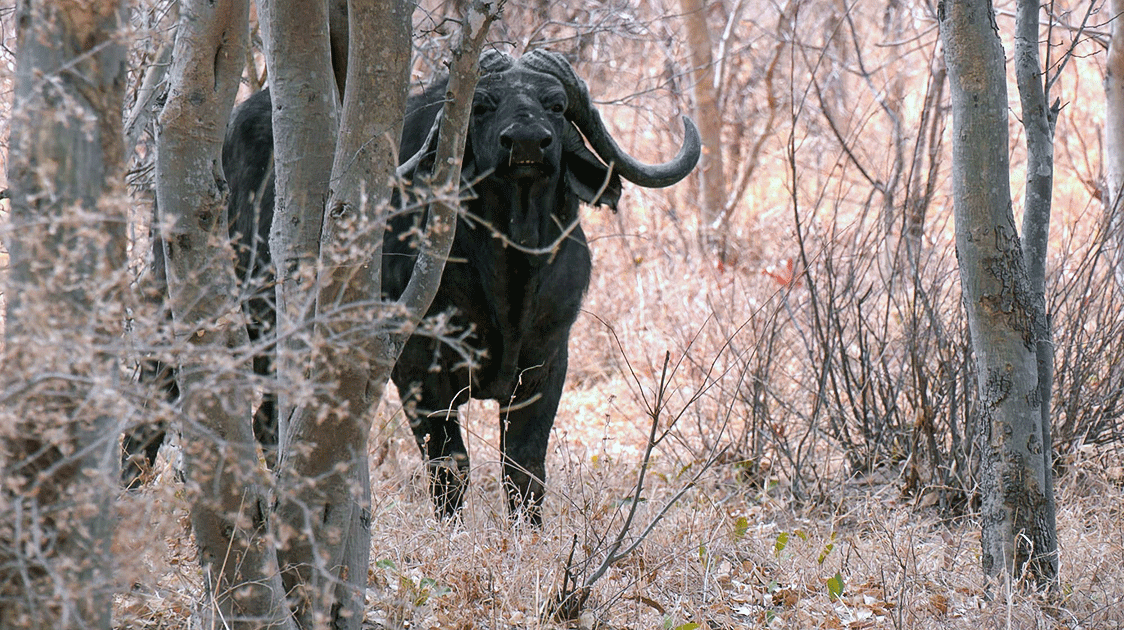
There is a different way of looking at hunting.
To many African conservationists, the hunter is merely the client, or guest, who arrives temporarily to pay the bills in the larger scheme of paying for wildlife and wild lands.
Selling hunting is often the best or only way to outcompete livestock in a quest to drive rewilding on a far larger scale than emphasized in the West or to pay for wildlife protection. To many landholders who have seen livestock bankrupt their finances and ecosystems (Child 1988), selling hunting provides a sustainable pathway to maintaining a rural livelihood.
Unlike commodity production, hunting enables farmers to increase their incomes while at the same time reducing their environmental footprint on the land, including recovering ecosystem services (e.g. through better grass cover) and biological diversity.
For example, a Scandinavian moose hunter may hunt to secure a year’s supply of wild meat, enjoy time exercising outdoors in the forest during autumn, enjoy time spent socializing with family members or friends that make up his hunting team, maintain the cultural tradition of harvesting natural resources by hunting in a forest, to help regulate the size of the moose population so that damage to commercially harvested tree species and traffic collisions is kept to acceptable levels, and for the possible chance to bring home a “trophy” set of antlers.
All motivations may exist simultaneously in the same person to different degrees. Depending on if the hunter is a landowner, he/she may also have commercial interests via the sale of meat or hunting licenses that help offset the damage caused by moose (Fischer et al., 2013; Storaas, Gundersen, Henriksen, & Andreassen, 2001).
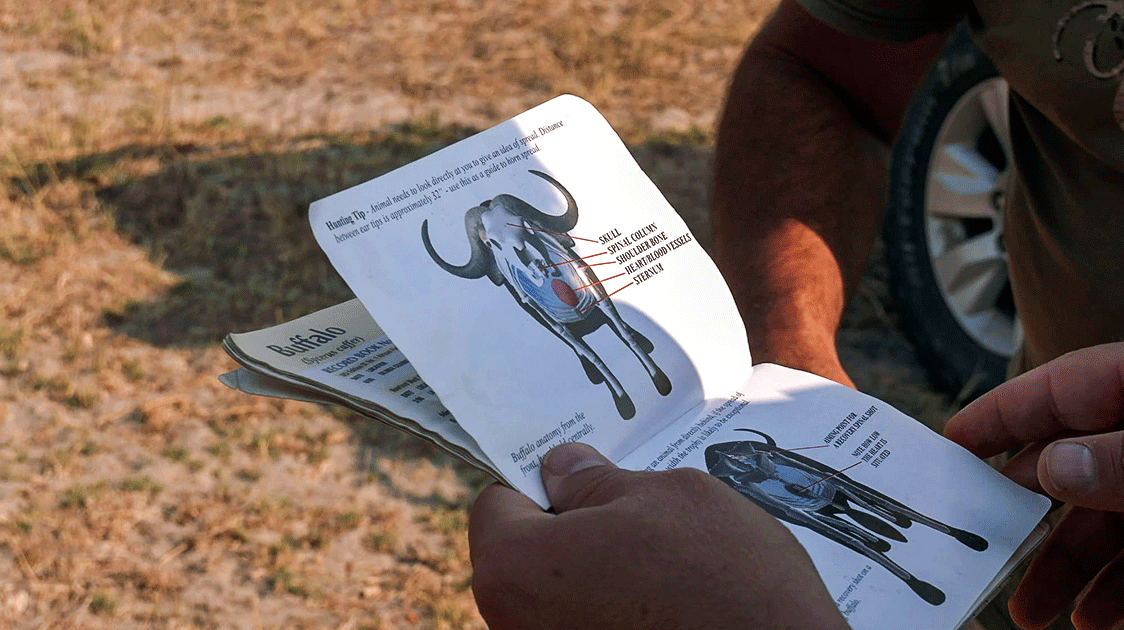
The literature assesses hunting from a narrow, ecological interpretation of “sustainable use” (Rice, Ticktin et al. 2022). If you kill an elephant, there are fewer elephants, and there may be genetic impacts.
Only 15% of the literature on hunting takes a broader social-ecological perspective; i.e. hunting elephants pays for more land and protection, allows elephants to recover (allowing elephants to increase at 6% annually because the trophy offtake of 0.5% of adult males has little impact on breeding females), while devolved ownership and decision sovereignty (the fact that it is their elephant, not symbolic of obligations imposed on them) is probably even more critical (Merz, Pienaar et al. 2023)
https://www.resourceafrica.net/mozambique-rules-are-more-important-than-benefits-from-wildlife/. Di Minin, Clements et al. (2021) excellent review confirm that only two of seven broad subject areas focus on the human dimensions of hunting, with one of these focusing on the hunters themselves, but identifies a relatively small number of papers on the economic contributions of hunting in Africa, North America, and Europe but almost none in Asia, Central and South America.


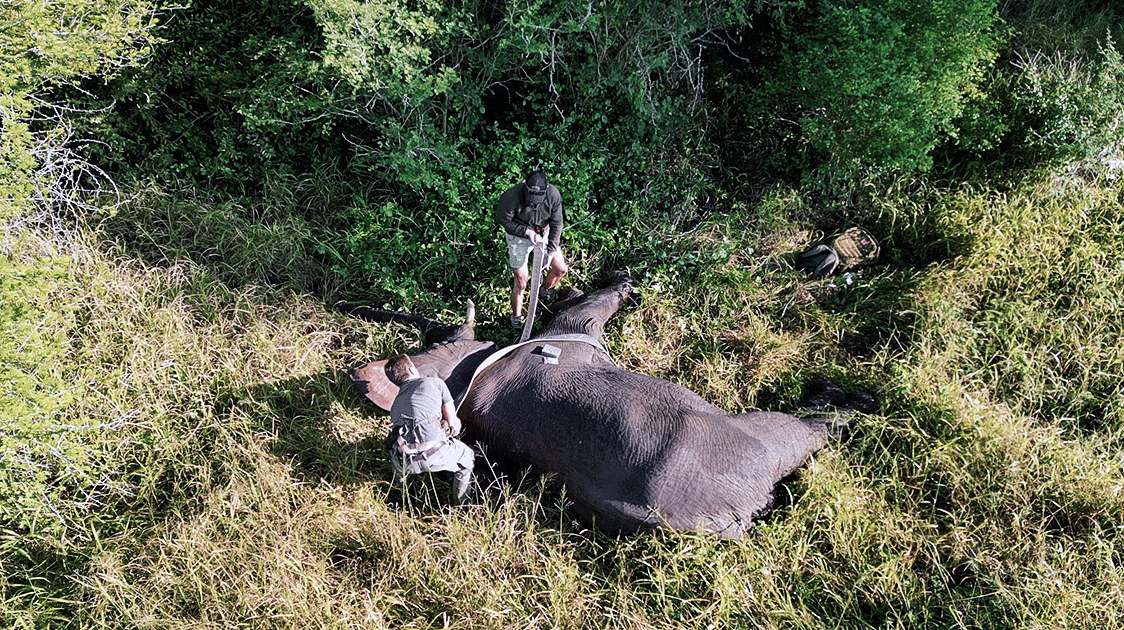
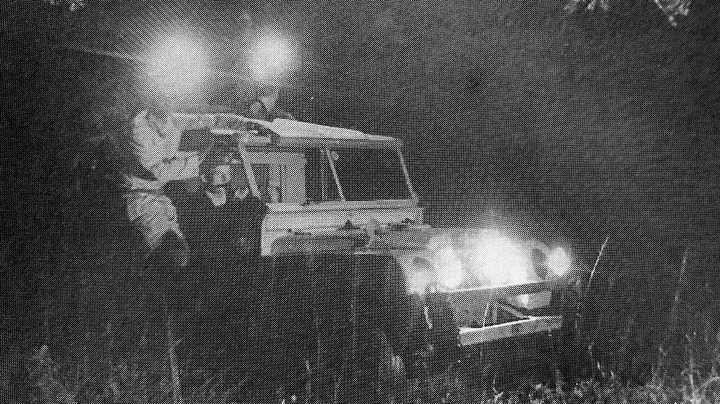
Comments ()